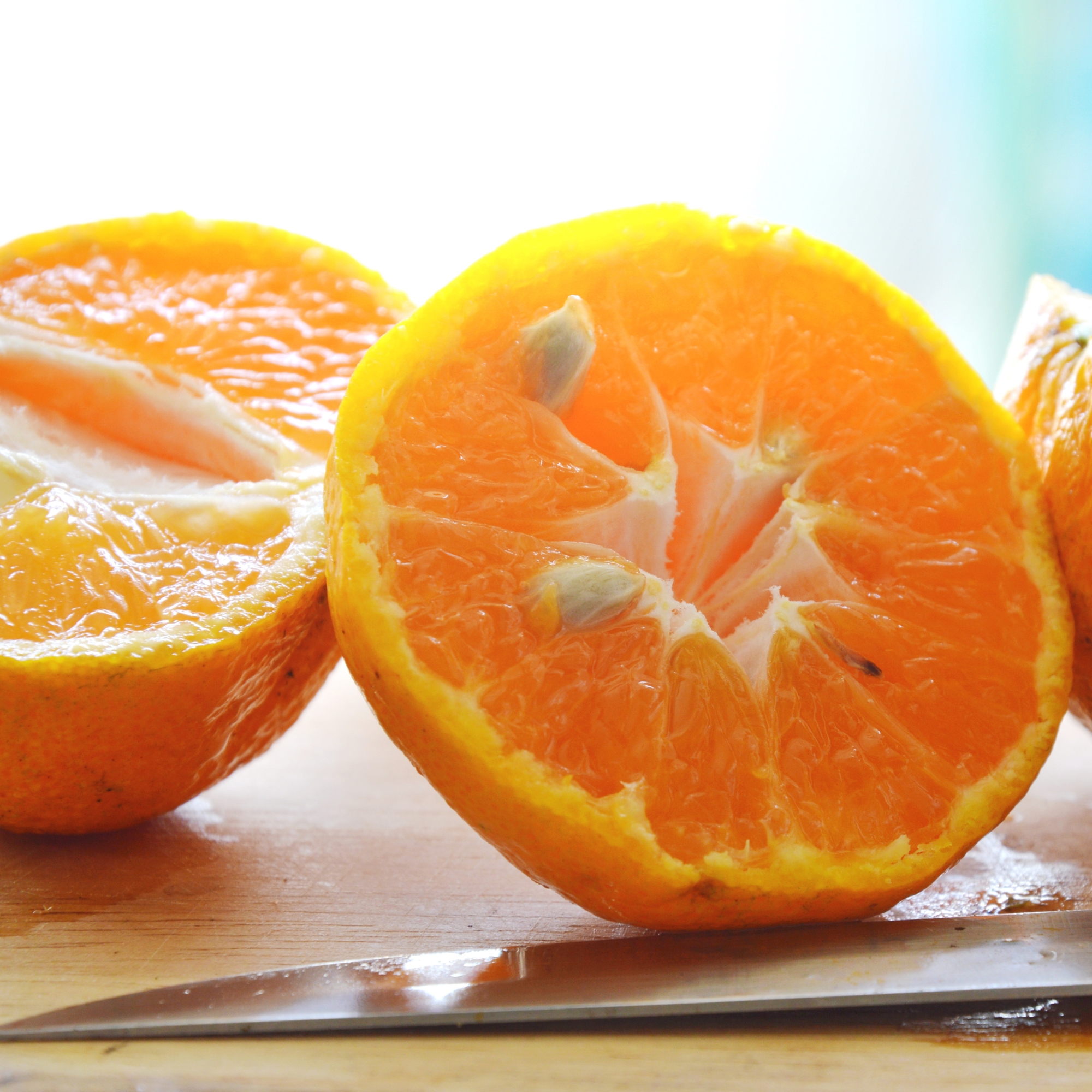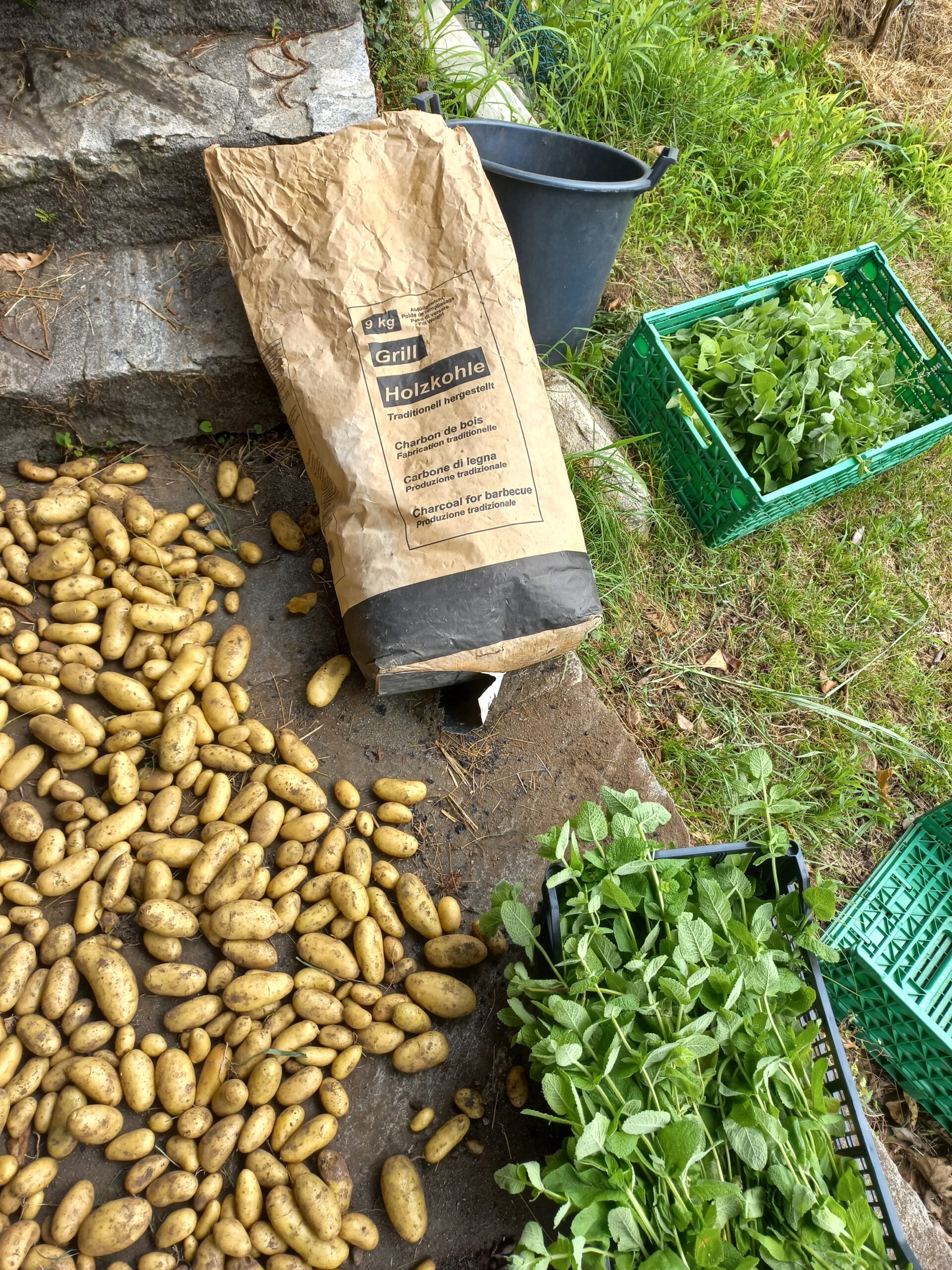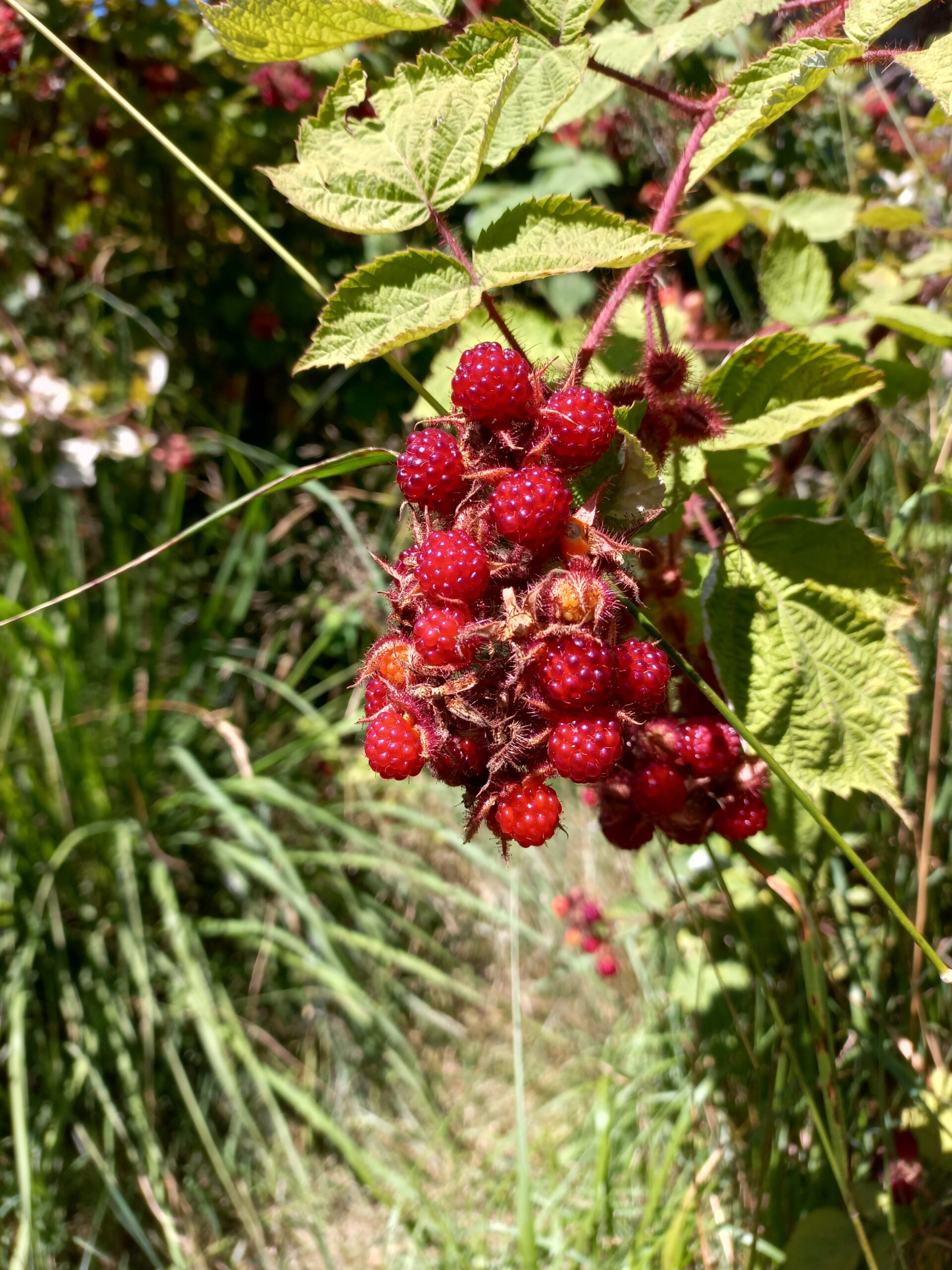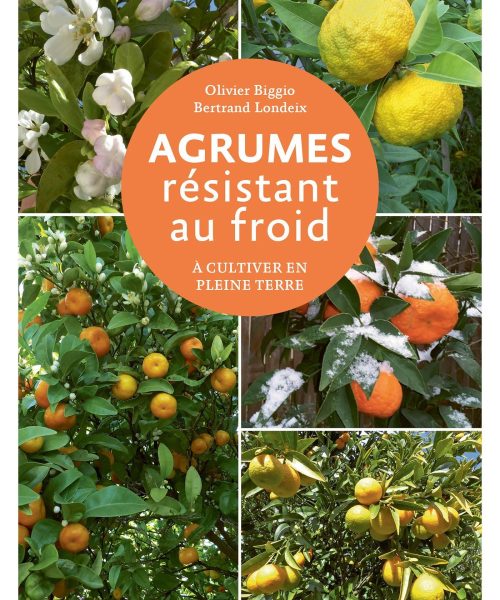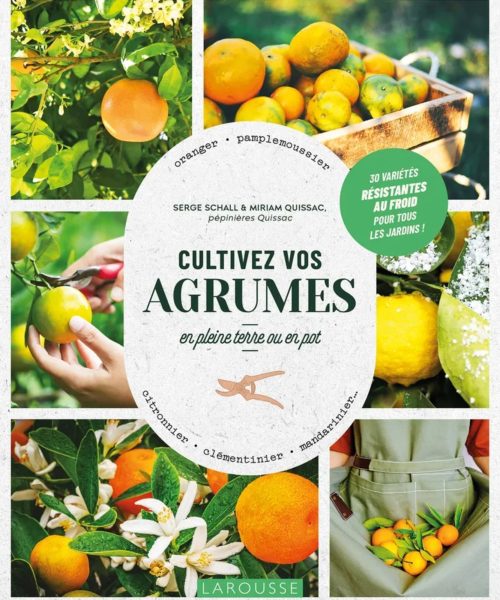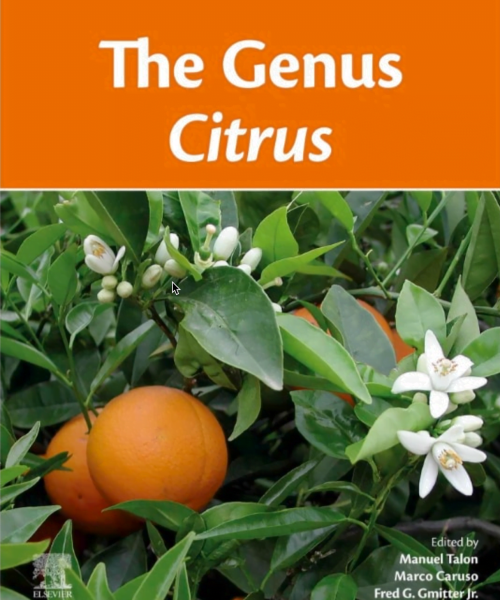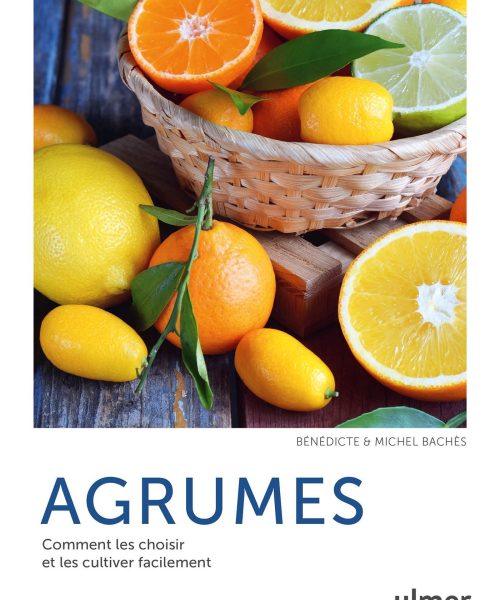Growing citrus in Switzerland
Planting citrus north of the Alps.
This is now possible with cold-resistant varieties.
Faced with night frosts of up to -12 for mandarin trees, and -16 for the hardiest, such as yuzu, these trees, selected over decades, now offer sufficient resistance in our latitudes.

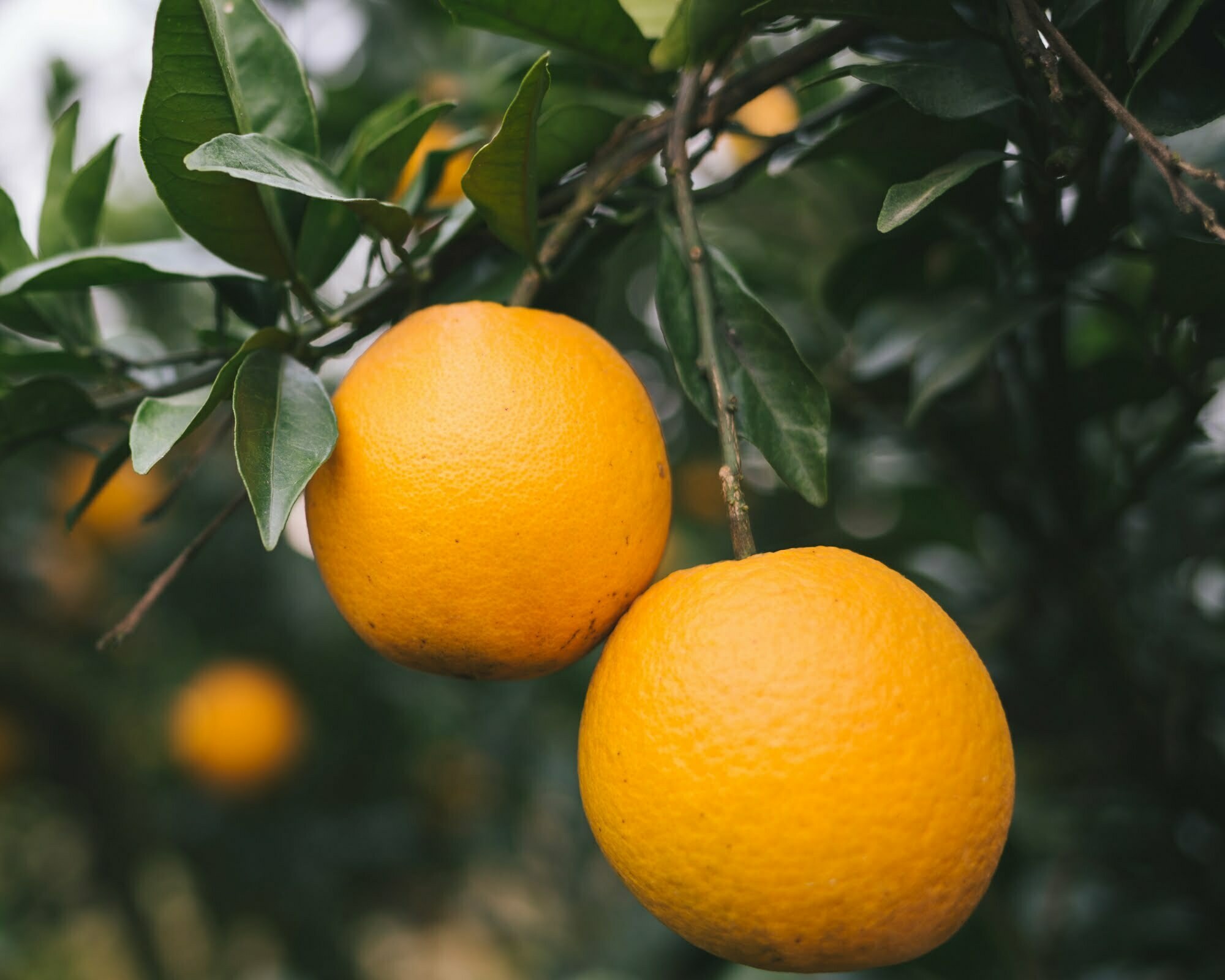
Really local: mandarins and oranges in your garden
Varieties chosen for their abundant fruit production.
Three years after planting, you can start harvesting them in your garden. No secret: some of the tastiest and most productive orange, tangerine and lemon cultivars, mounted on rootstocks that enhance their natural hardiness and vigor.
Tolerant of clay or limestone soils
New possibilities for poor soils.
For a long time, the cultivation of citrus fruits was excluded on clay soils, too compact, or on limestone soils often very poor in nutrients. With the right amount of natural fertilizers (manure, horn and composts) and with the right rootstock, there is no more risk of chlorosis or stunted trees.
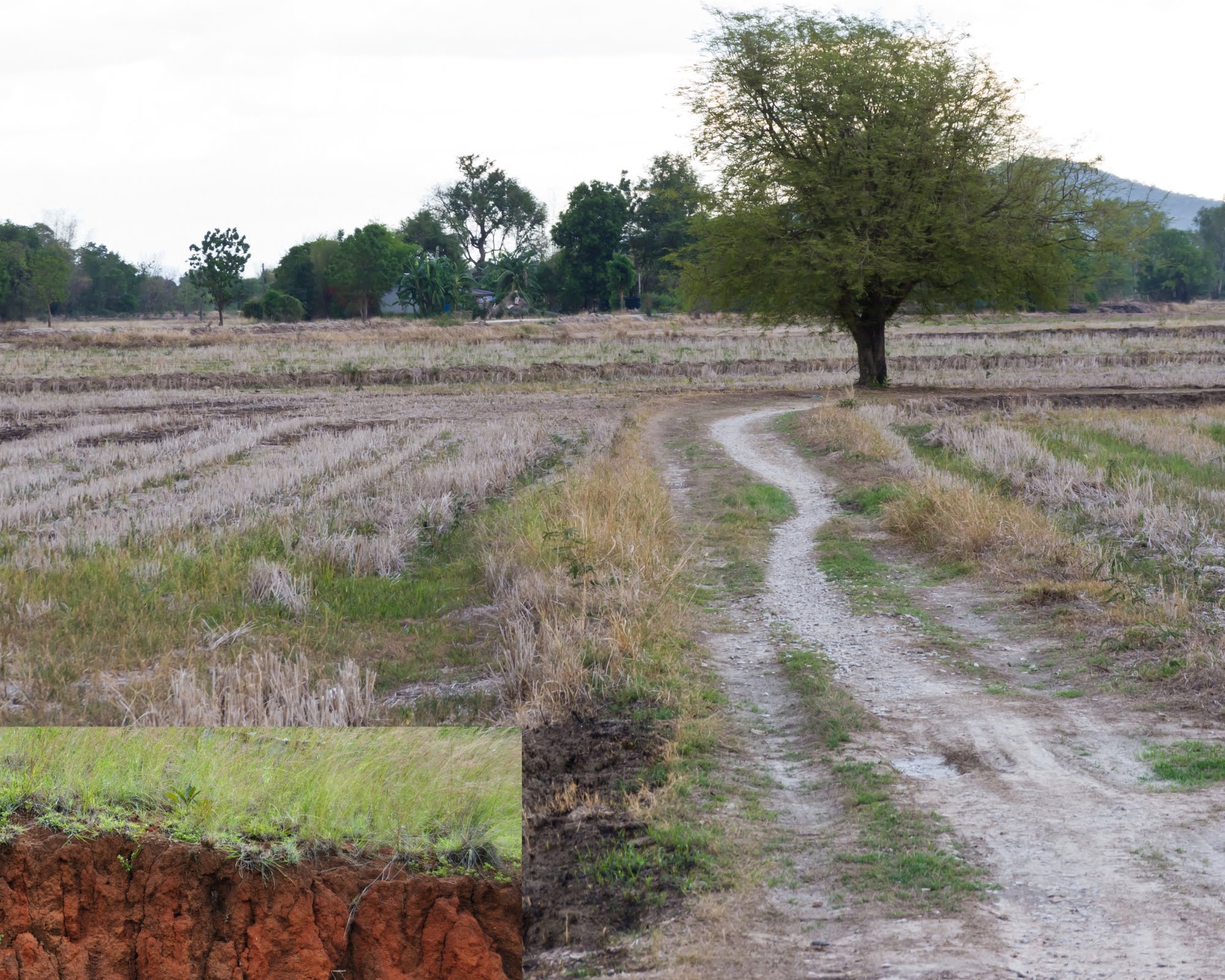
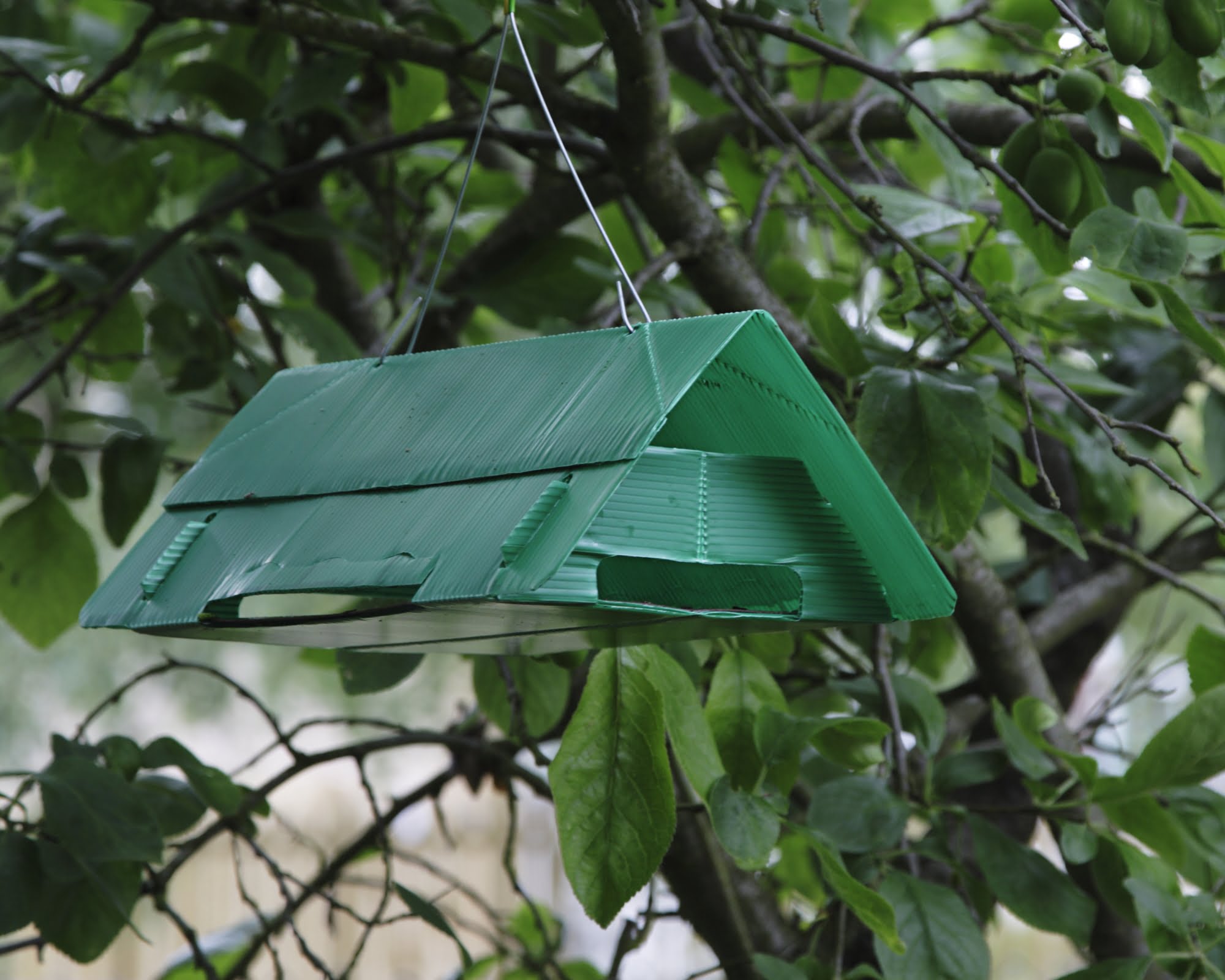
Chemical treatments excluded
Multiple resistances
Resistant to the most common diseases, including tristeza, our trees can do without synthetic pesticides. In case of attacks, which are always possible, use nettle slurry repellent or specific pheromone traps. In the canopy of your tree you must respect insects of all species, in order to create a healthy, living mini-world, in balance between predators and prey.
Sun in the morning, protection from the wind
A sheltered place
Look at your land, imagine your tree. Look for places protected from wind gusts, which the sun will come to warm up at dawn: this is its place. In open areas, a wall of boards perpendicular to the prevailing winds will often work wonders. But avoid the slopes where the winter sun only appears at noon.
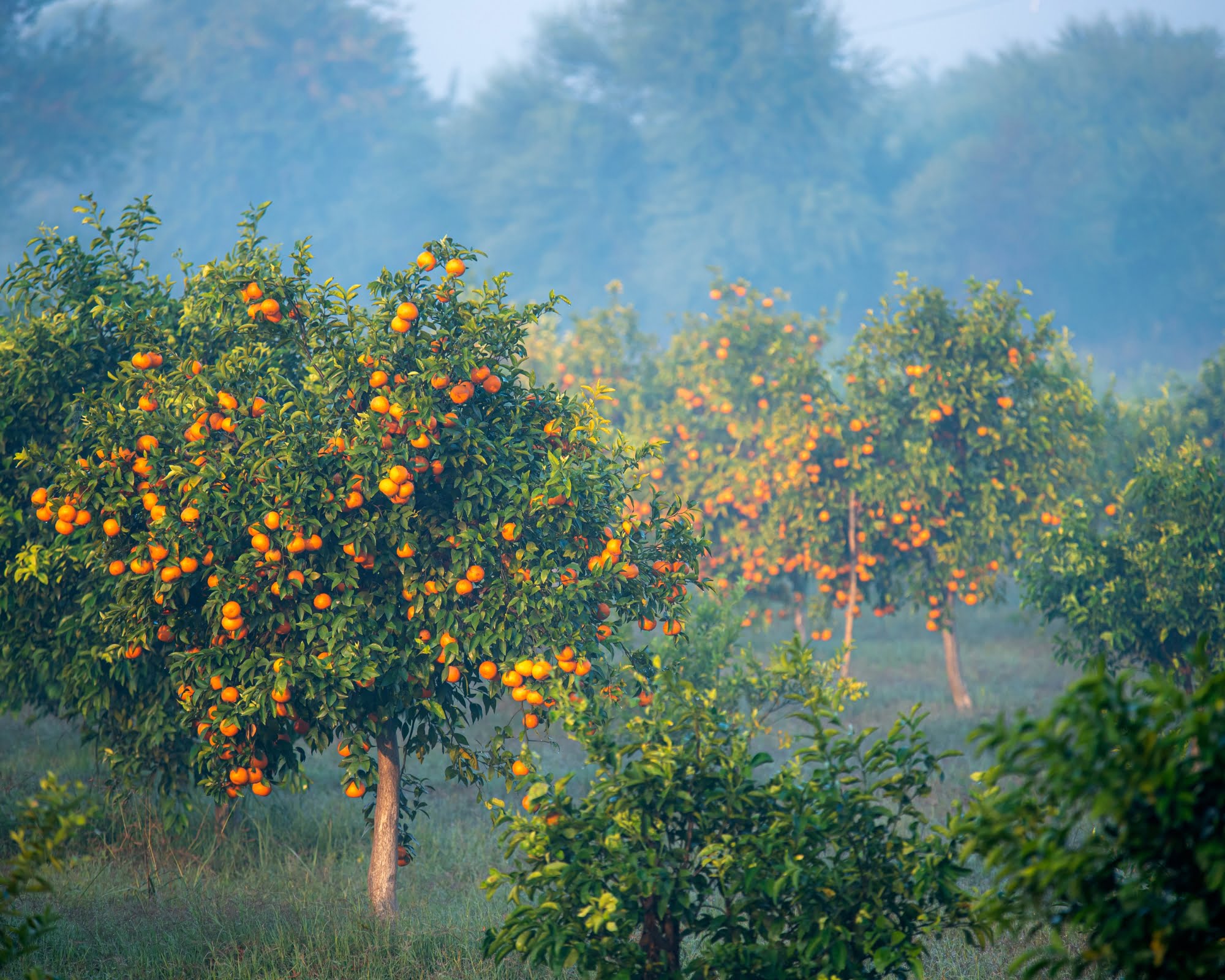

Picking fruit all winter long
Variety and health
Sudachi and Satsuma mandarins in October, yuzu in November, navel oranges at Christmas, ichang lemons in the New Year, kumquat in February and pomelos in March. Citrus fruits picked from the tree will transform your winters into a succession of discoveries, with unique flavors to share.
Take root, plant a tree
A living legacy
It will be there for generations to come. My grandmother’s tree, Uncle Albert’s tree… Give your name to a nourishing tree, a place in the history of your garden, your village.
Follow the links on this site to learn where, how, when and why to plant resistant citrus in Switzerland.



